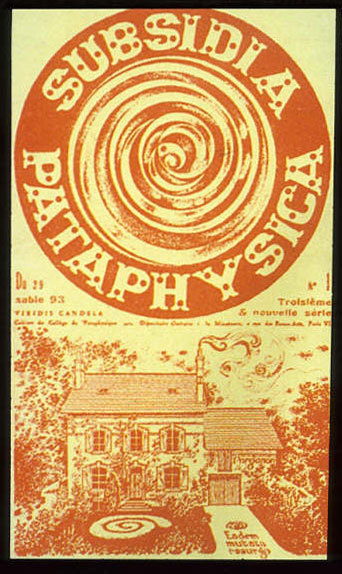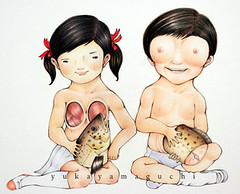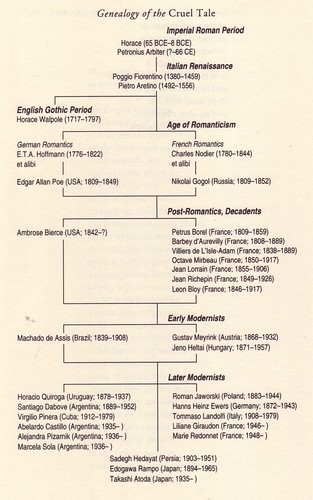Introducing Histoiredeloeil
from that blog
Histoiredeloeil[1] is a Francophone culture blog which takes its name from French erotomaniac Georges Bataille‘s novel Histoire de l’oeil .
As of June 2009 it was connected to A La Piscine, Absinthe, Africa & Omega, Alainfinkielkrautrock, Alex Gross, Andrei Tarkovsky, Anthrolology, Antonin Artaud, Arthur Ignatowski, Arthur Schopenhauer, Asian Drillpop, Au Carrefour Etrange, Aubrey Beardsley, Audrey Kawasaki, Blonde Zombies, Cambodian Rock, Cinemas D’asie Et D’ailleurs, Cult Sirens, Dada, Dan Hillier, Dario Argento, David Lynch, Deadlicious, Debord Cineaste, Demeure Du Chaos, Demoralys, Dengue Fever, Diane Arbus, Dream Anatomy, E-L-I-S-E, Elli + Jacno, Ennio Morricone, Ernst Haeckel, Erwin Olaf, Espira, Felicien Rops, Florent Deloison, Food Curiosa, Francis Bacon, Fumeur, H.R.Giger, Hans Bellmer, Helnwein, Hi Fructose, Impur, Jan Saudek, Jared Joslin, J-J Perrey, Jpop Trash, Junko Mizuno, Kraftwerk, La Soucoupe, Laura Brink, Laurie Lipton, Le 3eme Oeil, Le Palace, Leiji Matsumoto, Les 400 Culs, L’etrange Festival, Mamie Van Doren Show, Margo Guryan, Mark Ryden, Martin Monestier, Martin Parr, Matt Groller, Meiko Kaji, Mondo Bizzarro, Moondog, Oculart, Old Orient Museum, Opium Museum, Our Body, Paco Camino, Patricia Piccinini, Pierre Molinier, Plaid Stallions, Pop Cards, Puppet Mastaz, Ray Caesar, Retro Atelier, Retro Zone, Ron Mueck, Ron Winter, Rotten Clinic, Scans Cinema, S.F.,…, Schwarz-Weiss, Sebastien Tellier, Sexy People, Silent Hill, Sixties Posters, Square America, Stanley Kubrick, Suehiro Maruo, Suzanne G., Telex, Terry Rodgers, Thanatos, The Hot Spot, The Marquis Von Bayros, The Prisoner, Title Screens, Ubu Web, Vania Zouravliov, Wendy Carlos, William Blake and Wrong Side Of The Art.
If you want to check the connected blogs and sites, follow [1]. Website without artandpop profile are encouraged to make one.






